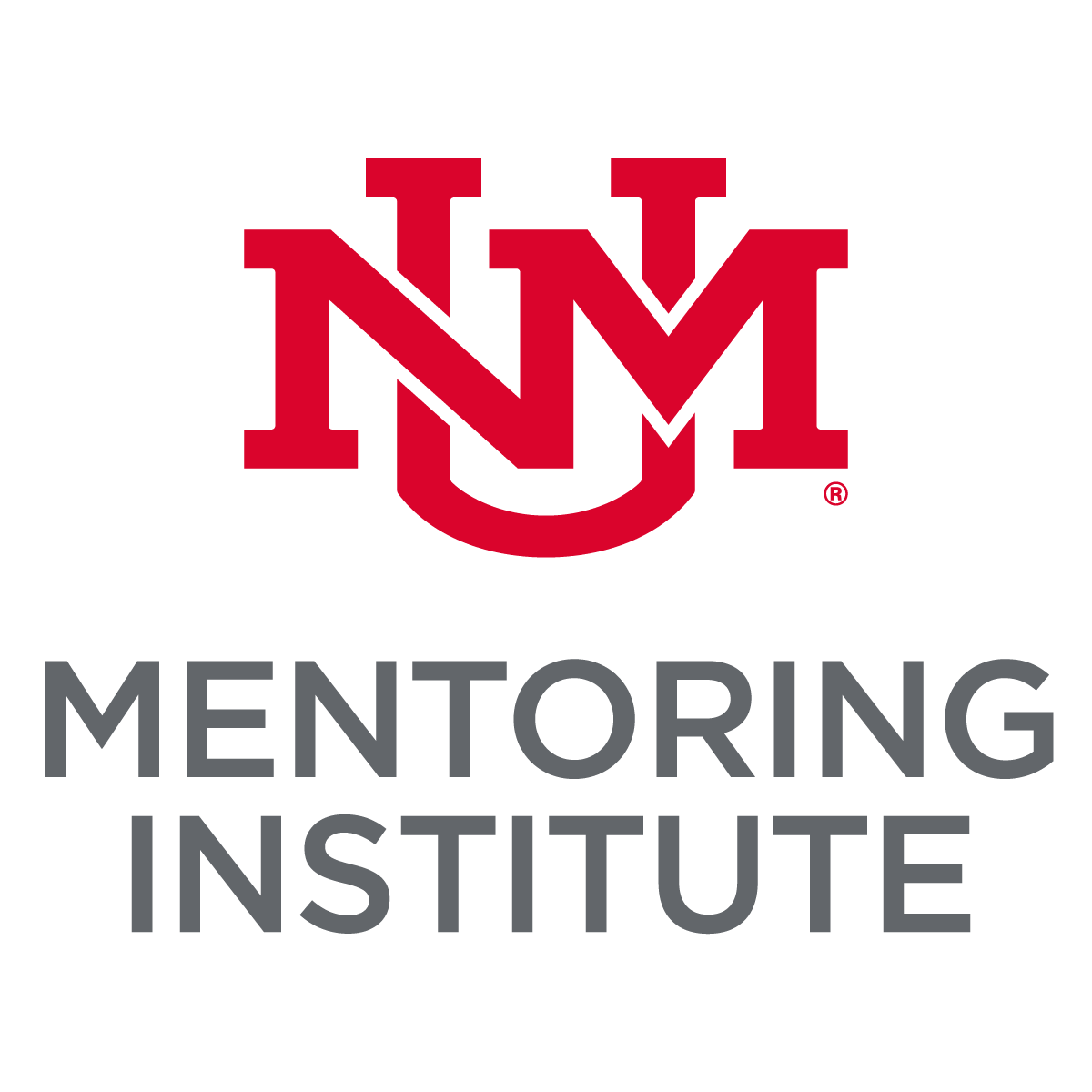India, 2000 BC
In the “guru-shishya tradition”, teachers, also known as gurus, would pass knowledge of Indian religion and culture on to disciples. This information was transferred after the development of a relationship between guru and disciple, similar to a modern mentoring relationship. The gurus believed that a relationship based on trust, respect, and commitment was the best way to convey information and pass on important Indian ideals.
The Middle East, 1st Century AD
Jesus famously used disciples to help spread Christianity. These loyal followers learned from Jesus through many now famous teachings. Their mentoring relationship was powerful enough to spread Christianity to many different lands, helping create the world’s largest religion.
Europe, 1300 AD
In the late middle ages the concept of an apprenticeship was developed. A young person would work under master craftsman in exchange for getting the opportunity to learn a trade. Apprenticeships usually began around age 10-15, and the youngsters rarely got to choose their type of work (it was usually decided through family connections). The relationship between master and apprentice was often as significant as the bond between parent and offspring. Frequently, the apprenticeship would end with the apprentice becoming an employee of the master.
The purposes for and results of mentoring appear to be nearly universal. Though some of the specifics of good mentoring practices are still up for debate, it is clear that the basic concept of mentoring (one individual learning from another in a close relationship) has proven to be a solid one throughout history.


